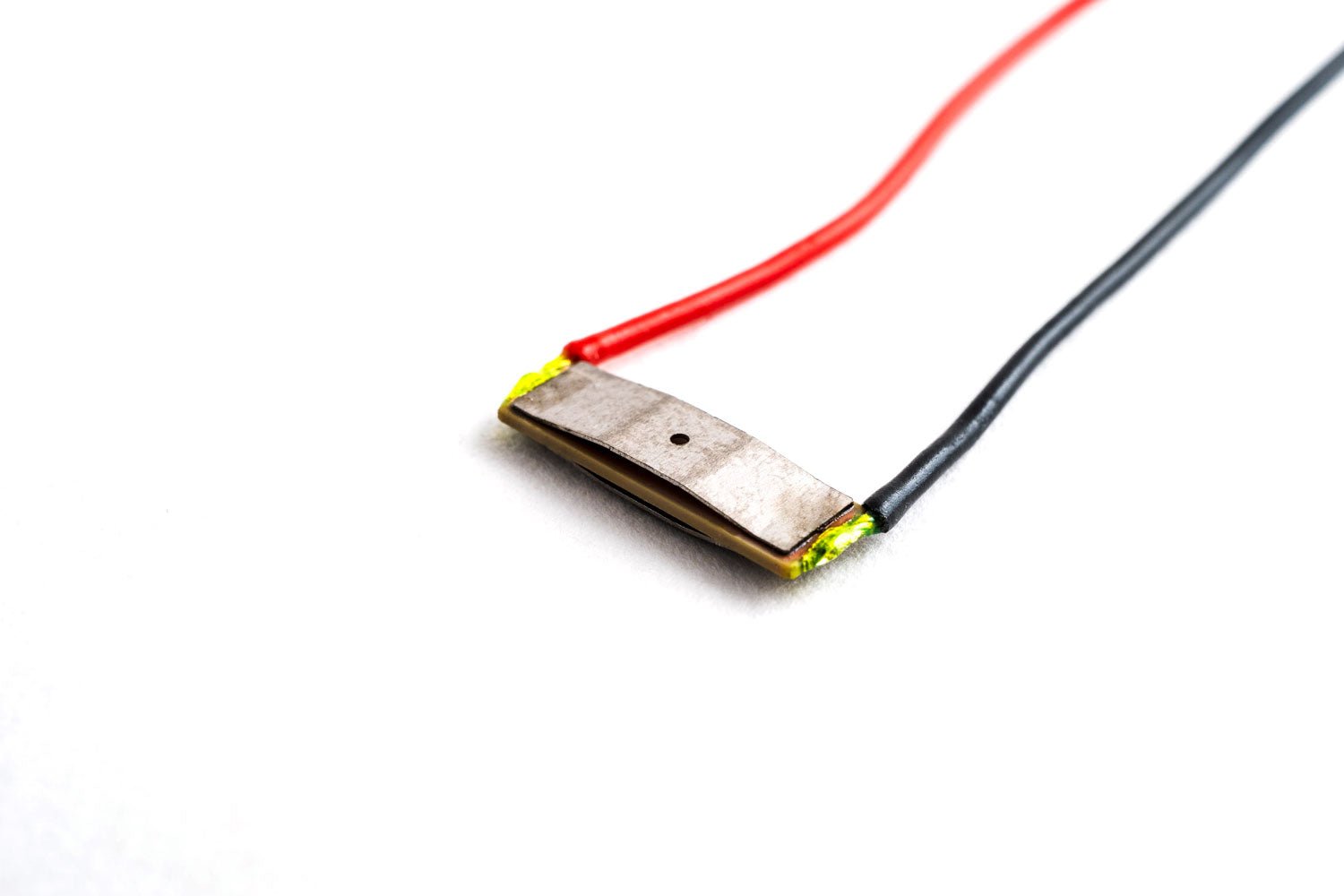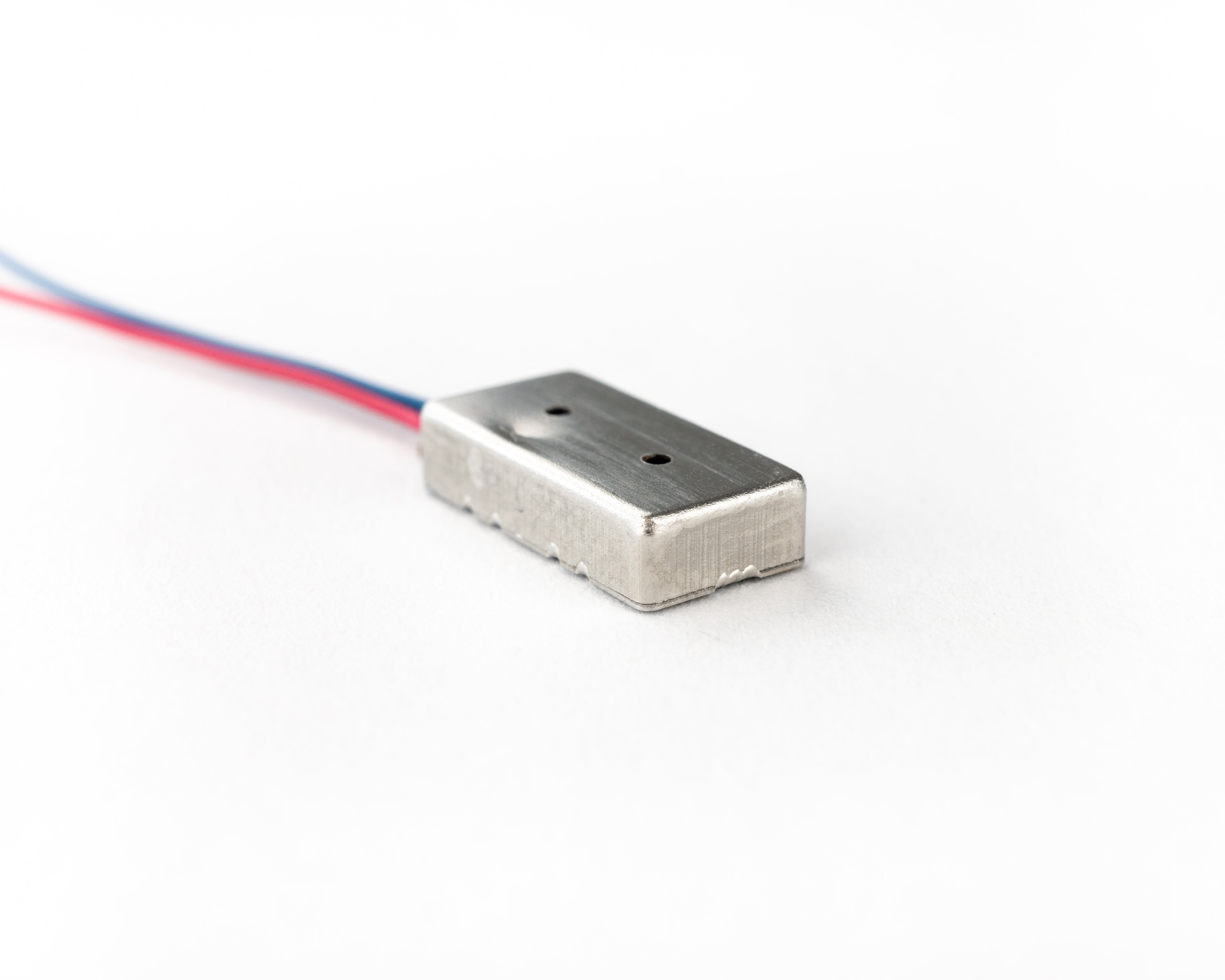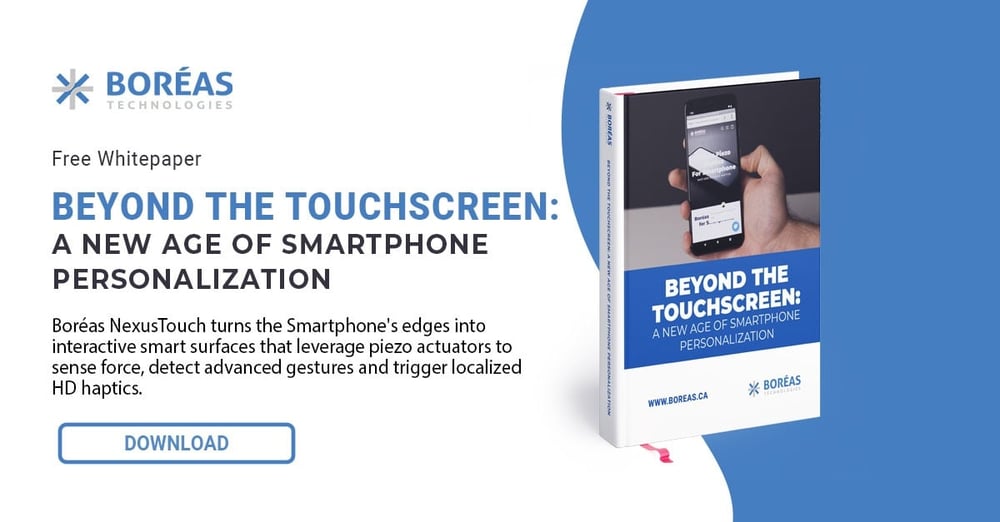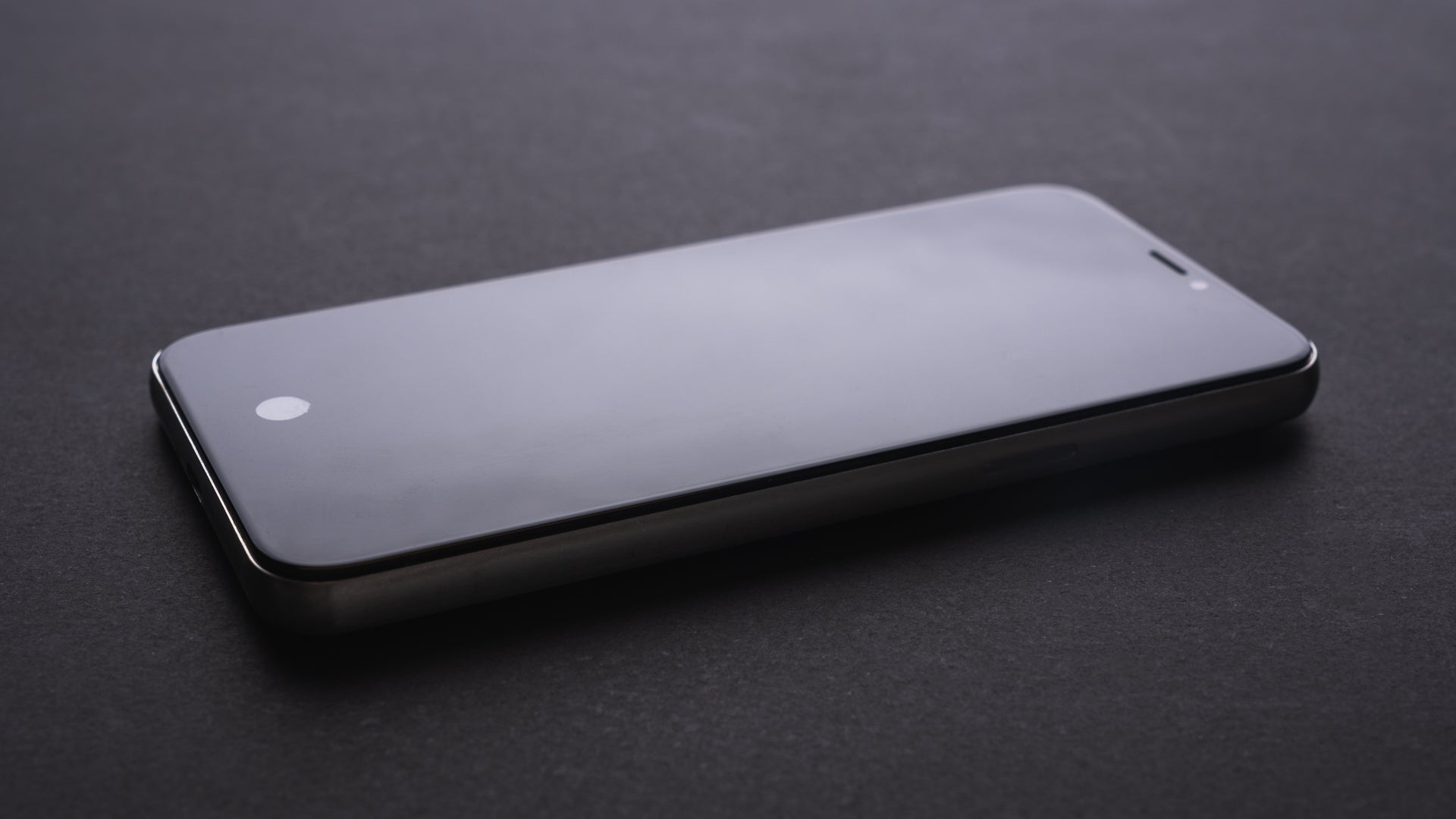
Localized haptic feedback is a type of haptic technology that allows specific areas of a device or surface to provide haptic feedback rather than the entire device or surface providing haptic feedback at once. This technology is used in various electronic devices, including smartphones and gaming controllers, to provide users a more immersive and interactive experience.
Localized Haptics is The Key for User-Friendly Solid-State Haptic Buttons
One area where localized haptic feedback is critical is in the use of solid-state buttons. Solid-state buttons are buttons or controls implemented using touch-sensitive surfaces or screens rather than physical, mechanical buttons. They are becoming increasingly common in electronic devices as they allow for a more compact and streamlined design and can be more durable and reliable than mechanical buttons.
However, one disadvantage of solid-state buttons is that they can be less intuitive and satisfying to use than mechanical buttons, as they lack the physical feedback a mechanical button press provides. This can make it difficult for users to accurately and confidently interact with the device, especially when performing rapid or precise actions.
Localized haptic feedback addresses this issue by providing tactile feedback when a solid-state button is pressed. Instead of having your entire hand feel the tactile feedback (like when using an LRA), only the pressing finger notice the solid-state haptic button feedback. This makes solid-state buttons more intuitive and satisfying to use, improving the device's overall user experience.
Piezoelectric Actuators Are Perfect for Localized Haptics

There are several ways that localized haptic feedback can be implemented in solid-state buttons. One common method is to use piezoelectric actuators, which are small, thin devices that use the piezoelectric effect to generate vibrations or tactile sensations. These actuators can be embedded in the device's case or mounted on a flexible printed circuit board and controlled through electrical signals with a piezo driver.
LRAs Don't Meet Localized Haptics Requirements

While LRAs are often used to provide haptic feedback in electronic devices, they are not typically suitable for providing localized haptic feedback. There are a few reasons why LRAs are not typically used for localized haptic feedback. One reason is that LRAs are generally larger and bulkier than other types of haptic actuators, such as piezoelectric actuators. This makes them less suitable for small or compact devices, such as smartphones or tablets, where space is limited.

Piezoelectric Actuators Are Versatile and Provide Many Types of Haptic Feedback Effects
One of the main advantages of piezoelectric actuators is their size and form factor. Piezoelectric actuators are typically small and thin, making them well-suited for compact devices such as smartphones and tablets. In addition, they can be integrated into the design of a device in a variety of ways, such as being embedded in the device's case or mounted on a flexible printed circuit board.
Another advantage of piezoelectric actuators is their versatility. Piezoelectric actuators can produce a wide range of haptic effects, including simple vibrations, complex waveforms, and even audio-based haptic effects. This makes them highly adaptable and able to be used in a variety of applications.
There are also several different types of haptic feedback that can be provided using localized piezo haptics. These include simple vibrations, complex waveforms, and audio-based haptic effects. The type of haptic feedback used will depend on the specific application and the desired haptic experience.
Solid-State Haptic Buttons Require Localized Haptics For Mass Adoption

Overall, localized haptic feedback is an important technology that can help to improve the usability and functionality of solid-state buttons. By providing tactile feedback when a solid-state button is pressed, localized haptic feedback makes solid-state buttons more intuitive and satisfying to use and enhances the user experience with the device.
In addition to solid-state buttons, localized haptic feedback can also be used in a variety of other applications to enhance the user experience. For example, it can provide tactile feedback when typing on a virtual keyboard or haptic feedback in touch-based games or other interactive applications.
Learn More about our Solid-State Piezo Buttons with localized haptic feedback here.


Leave a comment